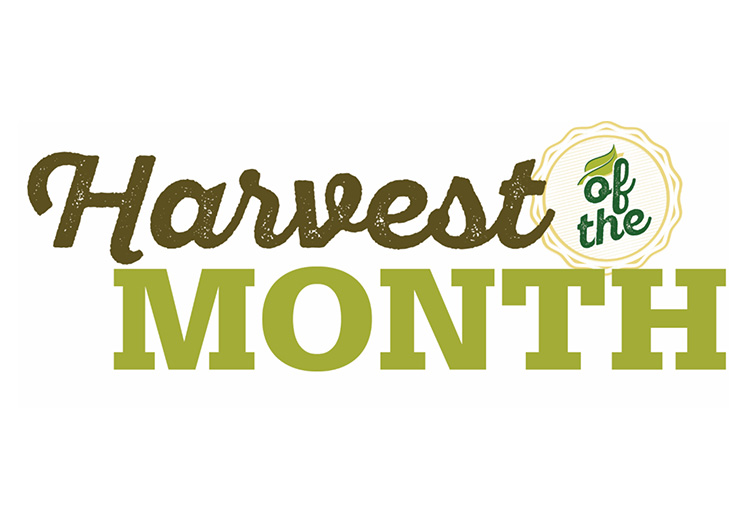Fitness & Nutrition, Featured

Ways to Eat Pomegranates
- Add a handful of pomegramate seeds to Greek yogurt, oatmeal or whole wheat pancakes to add vitamins and antioxidants to your breakfast
- Make a fresh pomegranate relish or chutney to pair with lean meats
- Pomegranate seeds make a pretty addition to any salads
- Pomegranate seeds are delicious and healthy to eat on their own as a snack
Selecting & Storing Pomegranates
- Choose pomegranates that are heavy, glossy and deep in red color
- Pomegranates should also be a bit square when they are ripe instead of round
- Be sure the skin of the pomegranate is not broken and that the fruit does not cave in when grently pushed with your thumb
- Your pomegranate will stay fresh longer when stored in the fridge instead of in a fruit bowl
- You can store pomegranate seeds in a sealed container for up to 5 days in the fridge
Pomegranates and Nutrition
- Pomegranates are an excellent source of fiber, vitamin C, vitamin K, folate and potassium
- Punicalagins are a potent antioxidant found in pomegranates
- Pomegranates are proven to have an anti-inflammatory effect on the digestive tract
- Pomegranates have an antibacterial effect which may help fight certain infections
Did you know?
- The pomegranate skin is inedible, but the seeds, which are called arils, are delicious and are very healthy
- One cup of pomegranate arils contains 7gm fiber, which is 25% of your needs
- In ancient Egypt, pomegranates were eaten to fight tapeworms and other infections
- The number of arils inside a pomegranate can range from 200 to 1400!
- In Greece, the pomegranate is a traditional housewarming gift. It is a symbol of luck, fertility and abundance














